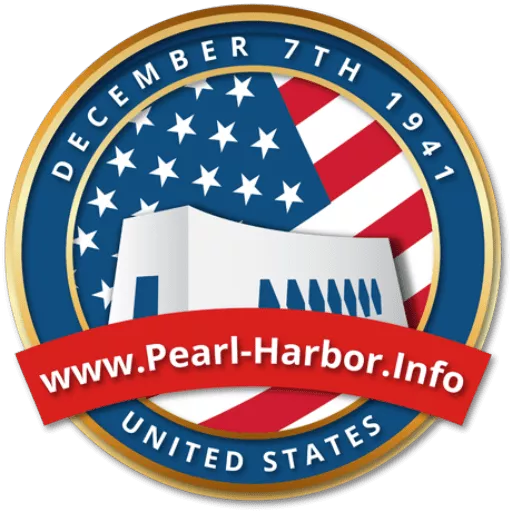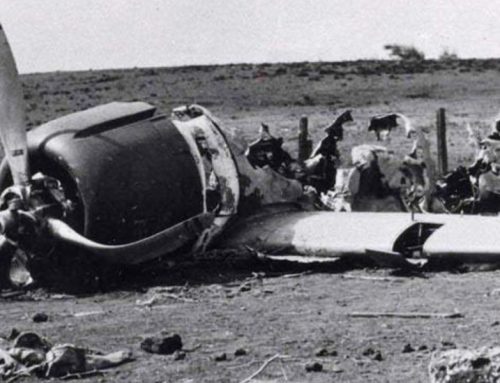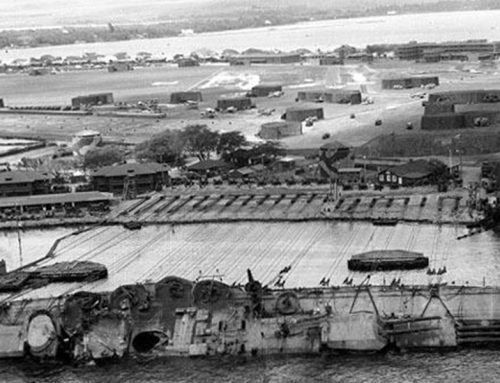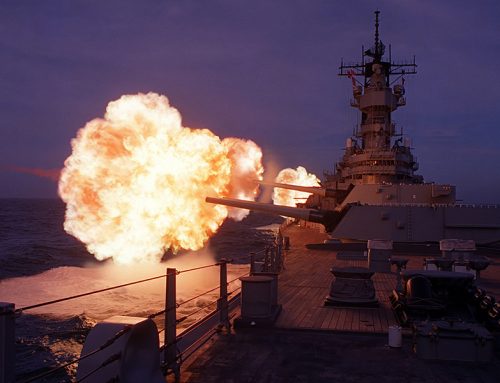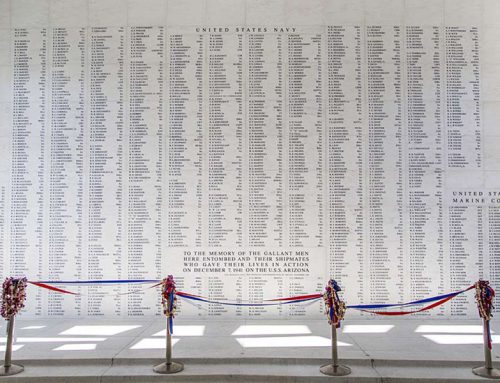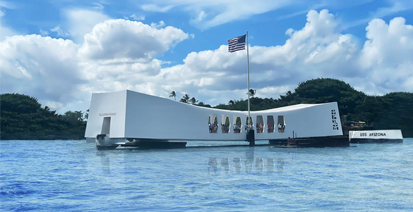On the calm morning of December 7, 1941, Pearl Harbor, a bustling naval base in Hawaii, was home to a significant portion of the U.S. Navy’s Pacific Fleet. This fleet, known as the Pearl Harbor fleet on the day of the Pearl Harbor Attack, comprised a diverse range of US Navy vessels, including powerful battleships like the USS Arizona, USS Oklahoma, USS California, etc.
One of the primary targets of the surprise Japanese attack was the USS Arizona at Pearl Harbor, a mighty battleship that suffered catastrophic damage and sank, tragically claiming numerous lives. Other battleships targeted and heavily damaged included the USS Oklahoma, USS California, USS West Virginia, USS Nevada, USS Maryland, USS Tennessee, and USS Pennsylvania.
Cruisers like the USS Helena, USS Honolulu, and USS Raleigh were also present and became casualties of the attack. Destroyers like the USS Downes, USS Cassin, USS Shaw, and USS Helm were moored nearby and were similarly struck. The USS Utah, a former battleship serving as a target ship, was among the very first to be hit and capsized within minutes. Another key ship, the aircraft carrier USS Enterprise, fortunately, missed the attack while returning from a delivery mission.
Submarines like the USS Tautog, USS Dolphin, and USS Narwhal were also docked at Pearl Harbor but managed to escape significant damage during the assault. Additionally, Pearl Harbor ships included auxiliary vessels like minesweepers, repair ships, and oilers, playing crucial support roles for the fleet.
The attack on Pearl Harbor inflicted heavy losses, sinking or severely damaging numerous ships, severely crippling the Pacific fleet ‘s movements and its capabilities in the initial stages of World War II. The strategic positioning of the ships within Pearl Harbor, unfortunately, made them vulnerable targets for the surprise aerial attack. The destruction of the battleships, in particular, symbolized the devastating blow dealt to the United States naval power in the Pacific.
This pivotal event in American history, the Pearl Harbor attack, propelled the United States into World War II, igniting national unity and resolve in response to the audacious assault. A massive effort to salvage and repair the damaged ships began immediately, contributing to the eventual recovery and resurgence of the Pacific Fleet.
Today, memorials and museums at Pearl Harbor, including the USS Arizona Memorial, stand as a tribute to the ships and sailors lost or impacted by the attack. The legacy of the Pearl Harbor ships endures as a reminder of the sacrifices made and the resilience demonstrated in the face of immense adversity.
